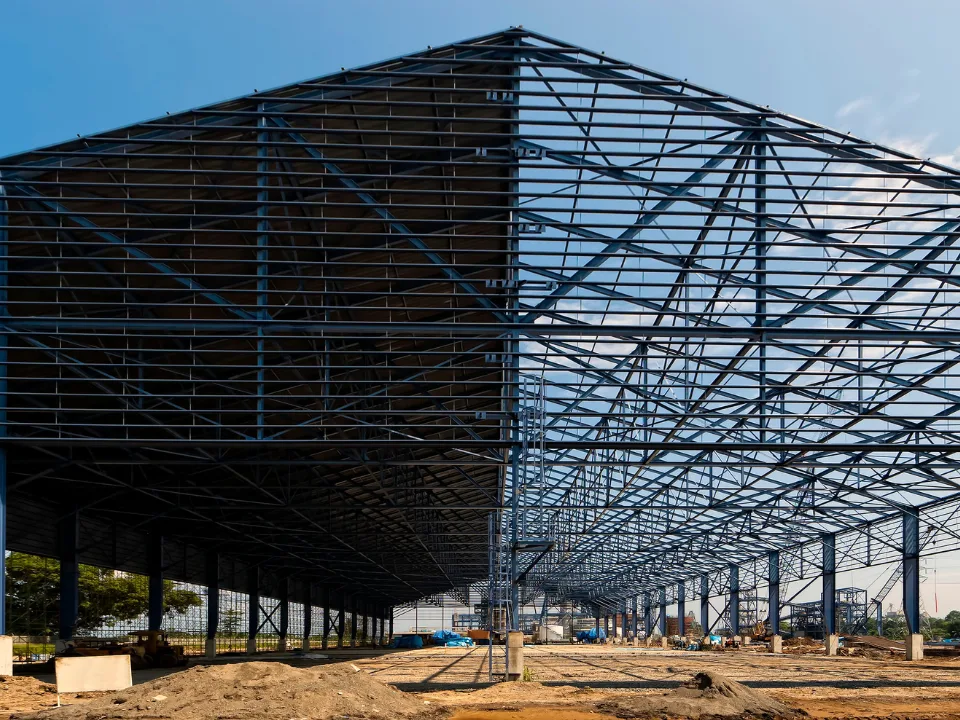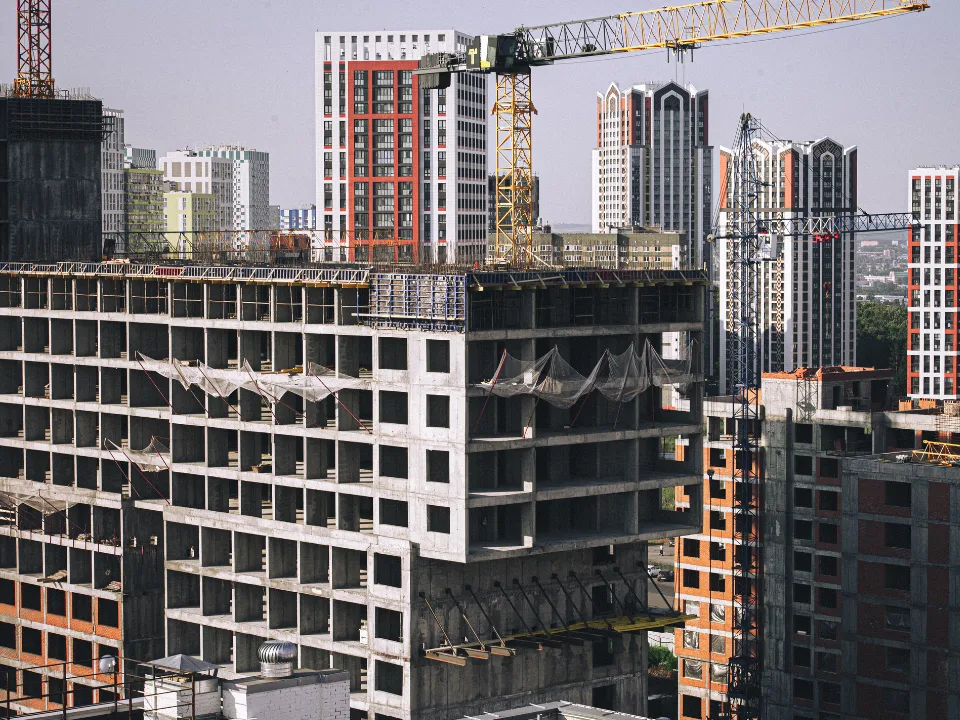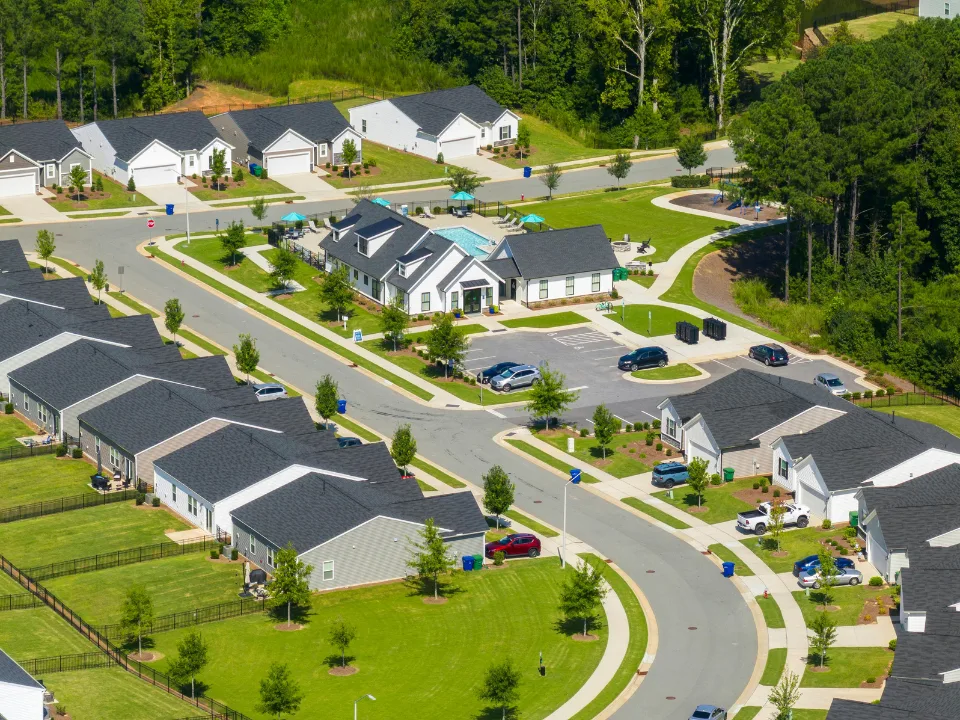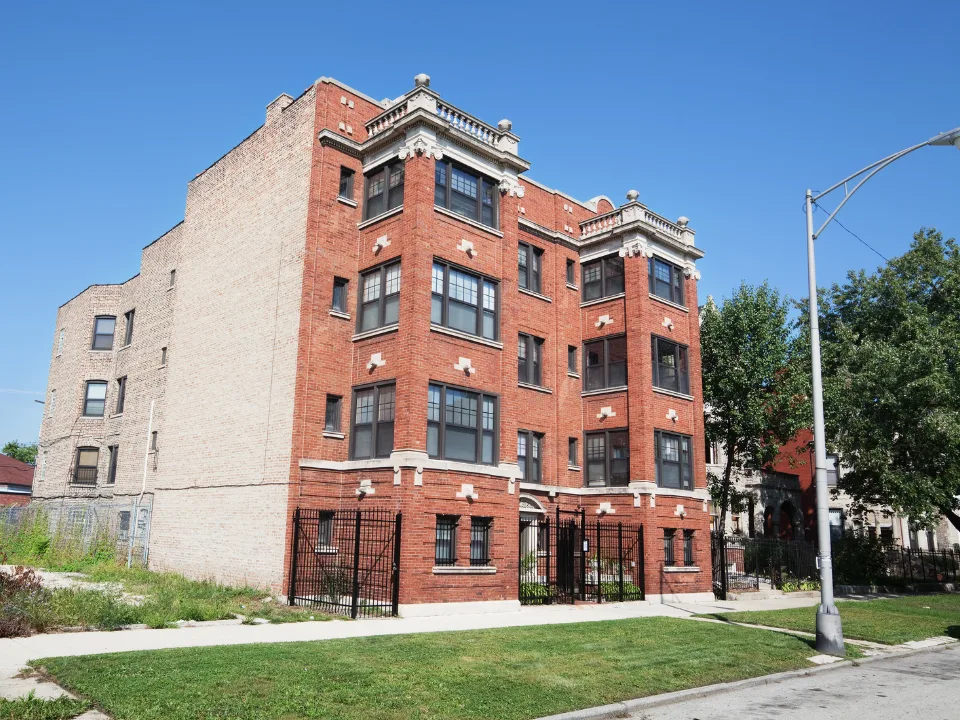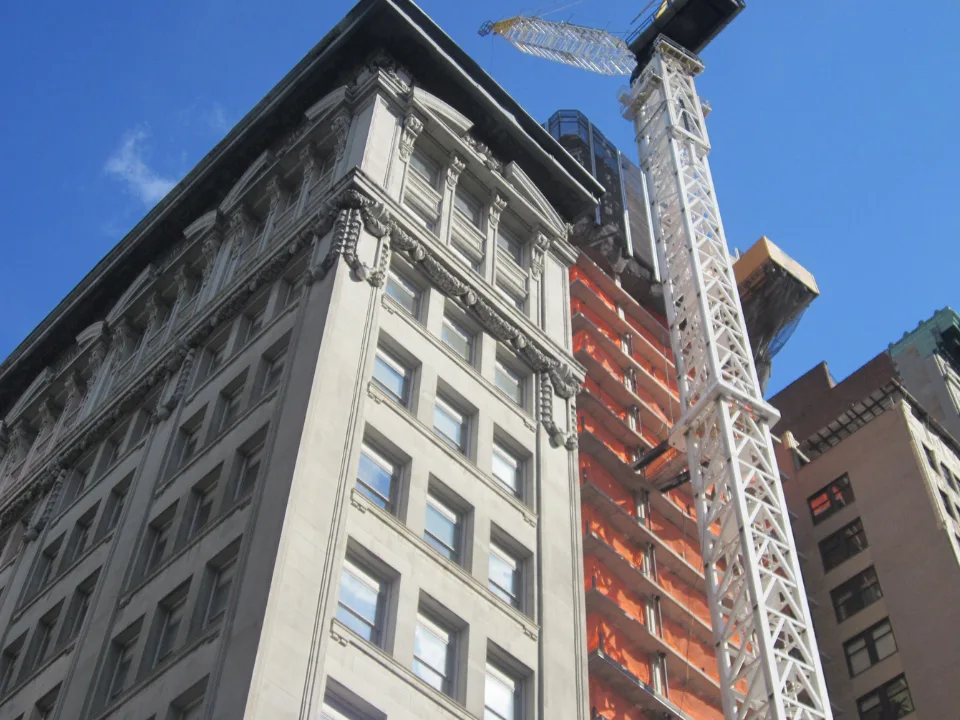- The One Big Beautiful Bill Act introduces permanent bonus depreciation and overhauled Opportunity Zone rules, potentially making data centers one of the most attractive CRE asset classes for high-net-worth individuals and family offices.
- Bonus depreciation allows full equipment costs to be deducted upfront — a major advantage for data center projects, where infrastructure spending is equipment-heavy.
- New OZ rules increase incentives for rural investment, with qualified projects receiving a 30% basis step-up, which could spark data center expansion into underserved areas with energy availability.
- While institutional investors dominate the data center space, these tax incentives may pull in a new class of capital — including smaller investors and tech-forward developers.
Bonus Depreciation Gets A Data Center Boost
Congress’ passage of the One Big Beautiful Bill Act earlier this month has added fuel to the already booming data center sector, reports Bisnow. One of the most significant provisions: making bonus depreciation permanent and retroactive to Jan. 20, 2025. That means investors can now deduct 100% of equipment and improvement costs upfront rather than over years — a windfall for the capital-intensive data center industry.
This change could reshape how high-net-worth individuals and family offices allocate capital. “Every family office in the United States should have this on their radar,” said David Dunn, COO at H5 Data Centers. According to him, buying an existing data center and depreciating roughly 55% of the purchase price is now a viable and lucrative tax strategy.
Opportunity Zones Evolve — And Could Target Data Infrastructure
Alongside bonus depreciation, Opportunity Zones are also seeing a significant reset. The program was originally established in 2017. It now offers increased incentives for rural investment. Qualified projects can receive a 30% basis step-up, compared to just 10% under the prior rules.
The sector-agnostic nature of OZs means they can evolve with the economy — and the growing energy demands of AI and cloud infrastructure mean rural data centers could be the next big play.
Governors are set to redraw Opportunity Zone maps in 2026. New zones will become investable by 2027. Developers are already eyeing energy-accessible, low-income areas as potential hubs for future data centers. “Someone should be writing algorithms to look at where there is access to energy and very low income,” said Realm CEO Travis King.
Get Smarter about what matters in CRE
Stay ahead of trends in commercial real estate with CRE Daily – the free newsletter delivering everything you need to start your day in just 5-minutes
More Capital, More Capacity — But Caution Still Needed
The shift in policy could attract new sources of capital, but challenges remain. Institutional investors, who dominate the space, aren’t typically driven by tax incentives. And prior OZ-funded data center projects, like one in rural Maine, faltered due to lack of reliable power.
Still, data from the Joint Committee on Taxation shows that 9% of Opportunity Zone investment through 2022 went to the information sector. This includes data centers. It was the second-largest category after real estate.
Advocates like John Lettieri of the Economic Innovation Group see a long runway ahead: “To win the future with AI, it’ll require a host of policies supporting that type of investment.”
Why It Matters
Data centers attracted over $30B in private construction funding in 2024 alone. With new depreciation and OZ rules, the sector could see another capital surge — especially in rural areas with energy access. For investors looking to diversify and capitalize on AI-driven infrastructure growth, the tax code now offers powerful new tools.
What’s Next
Expect a reshuffling of opportunity zone maps in 2026 to favor energy-accessible rural regions. With both tax and technology trends aligned, data centers are likely to remain one of the hottest CRE segments into the next decade.
